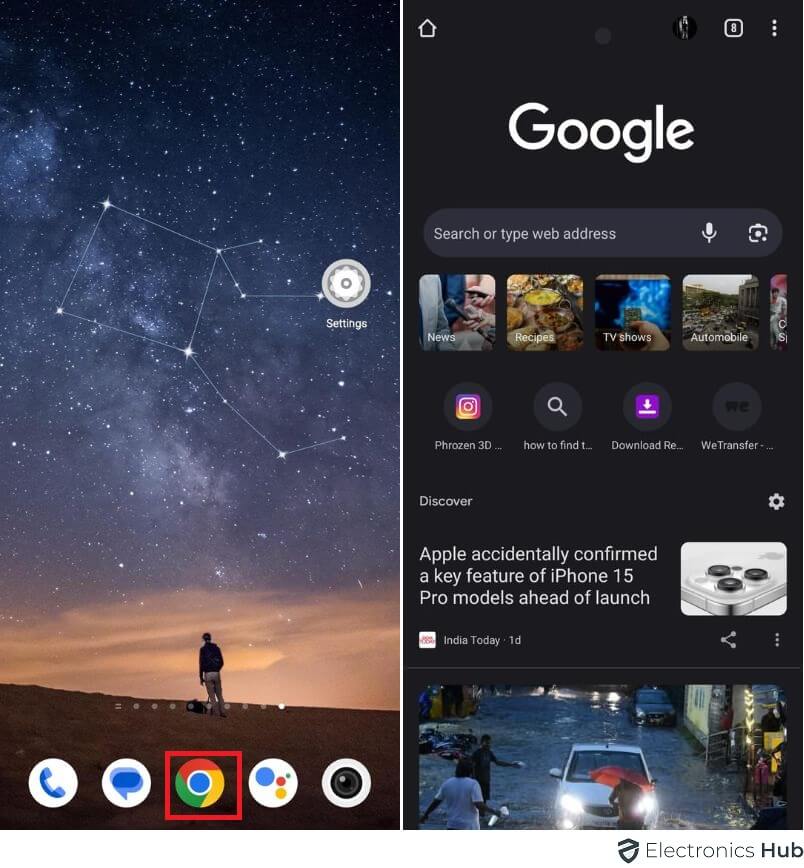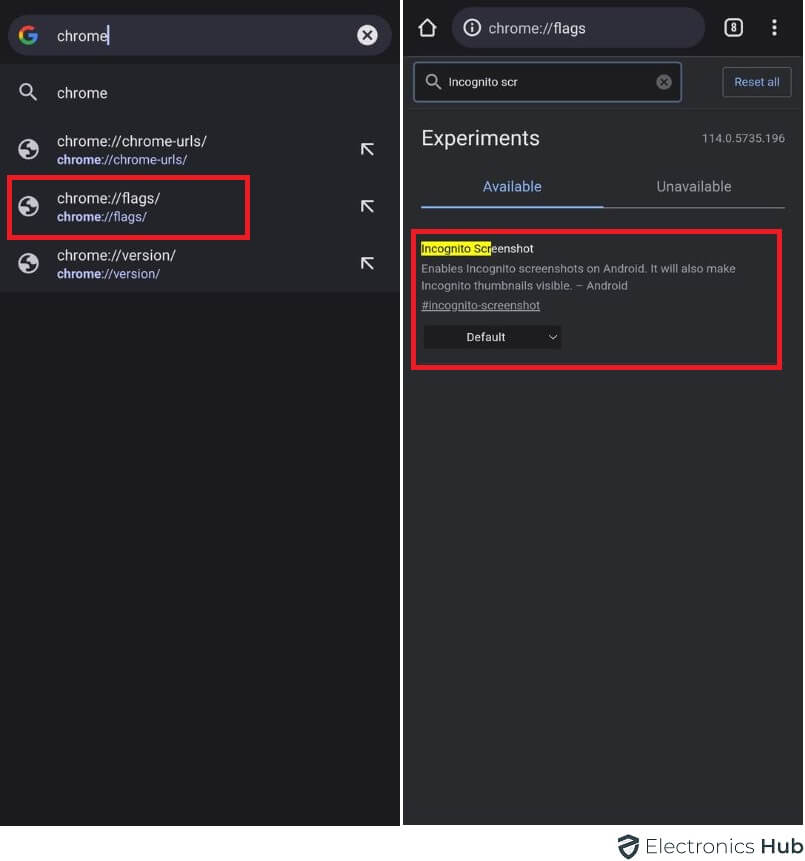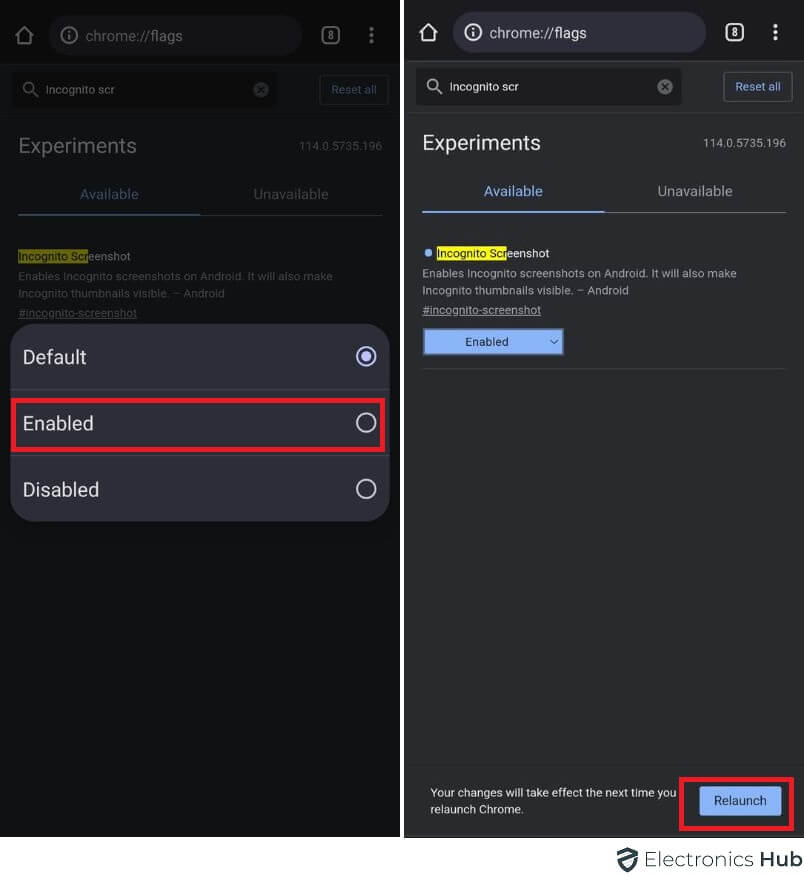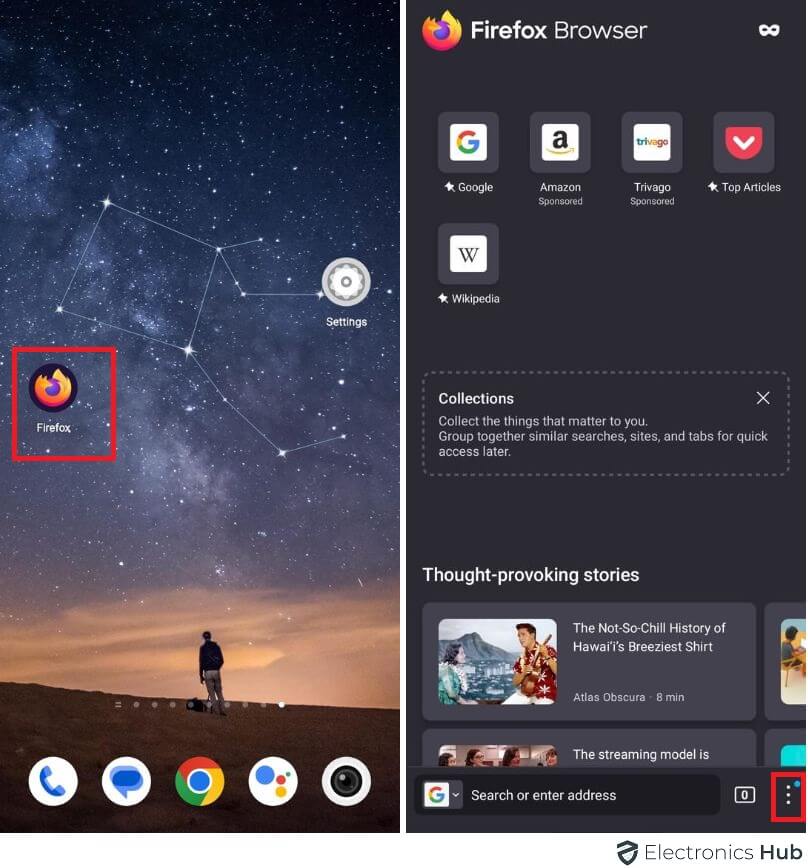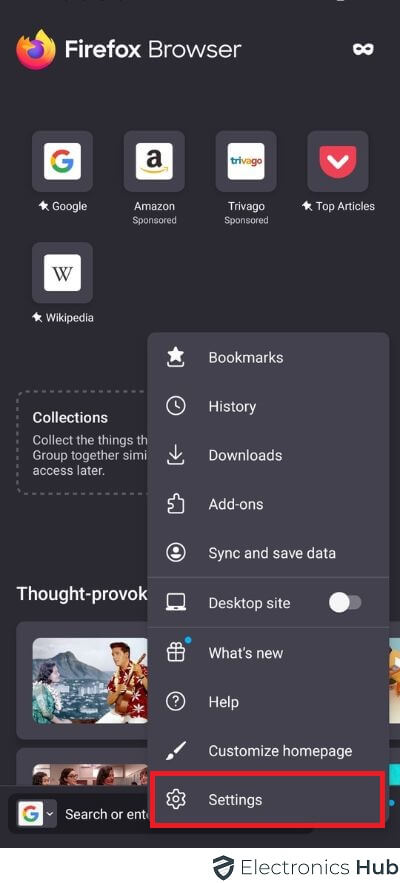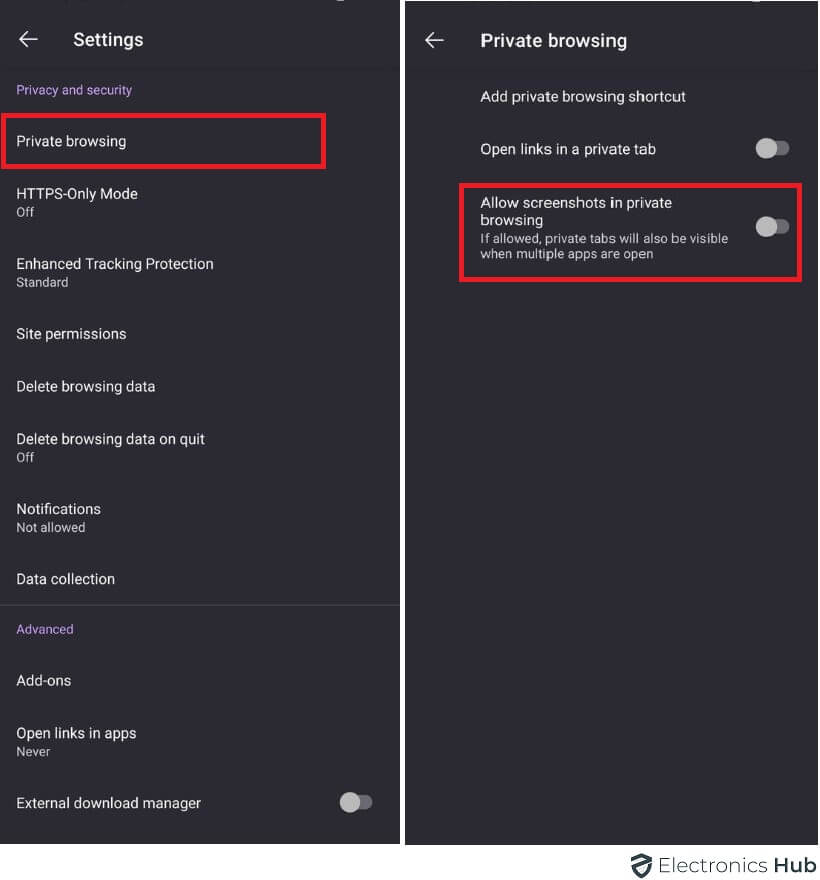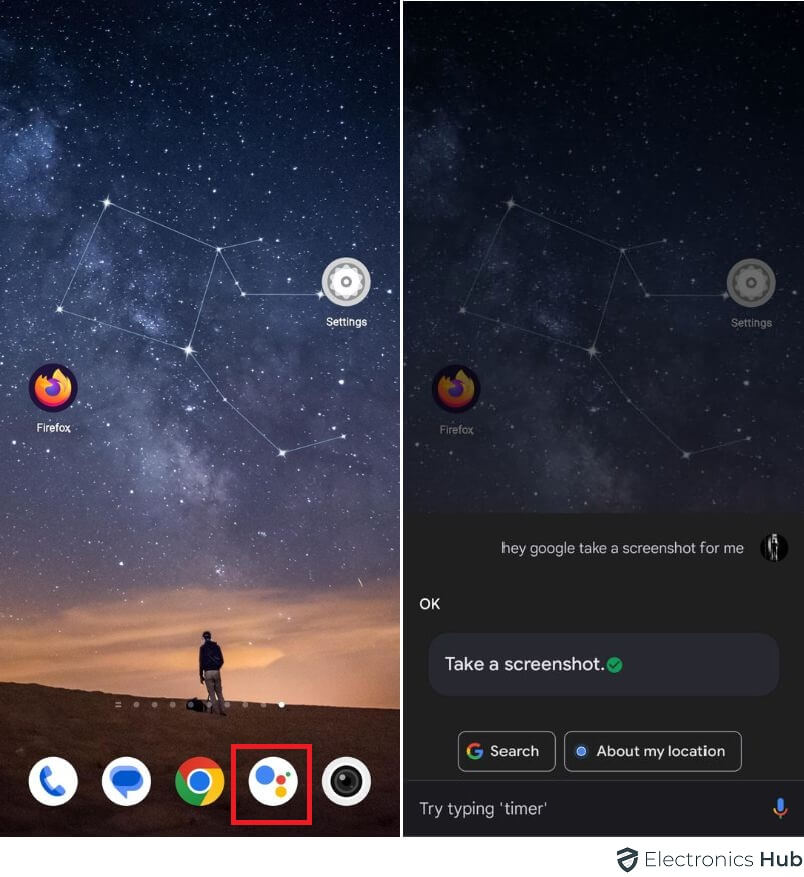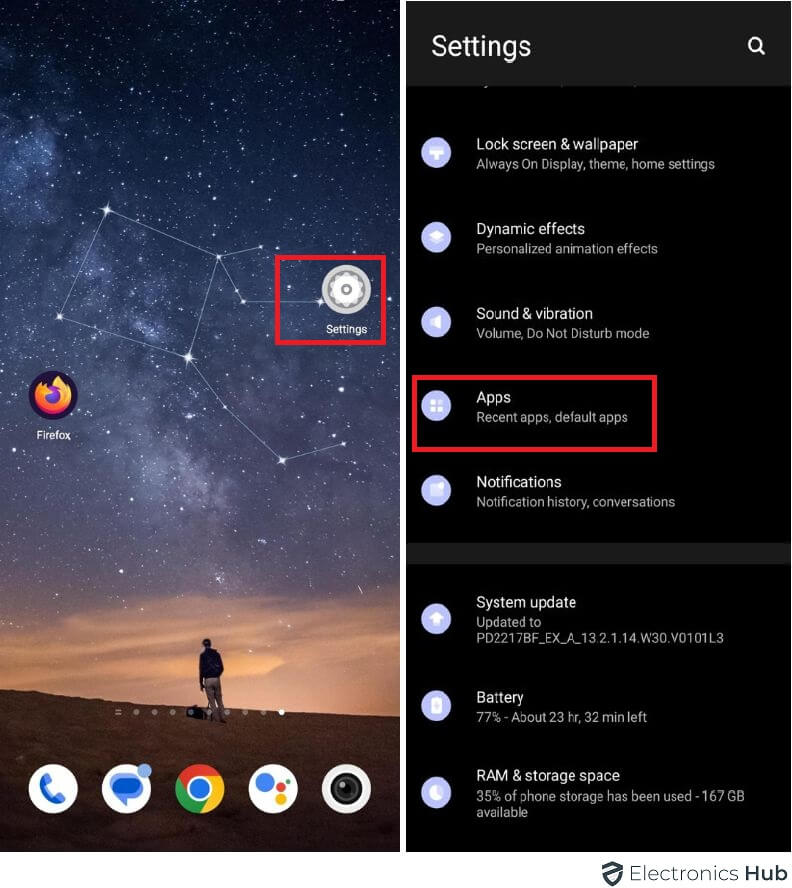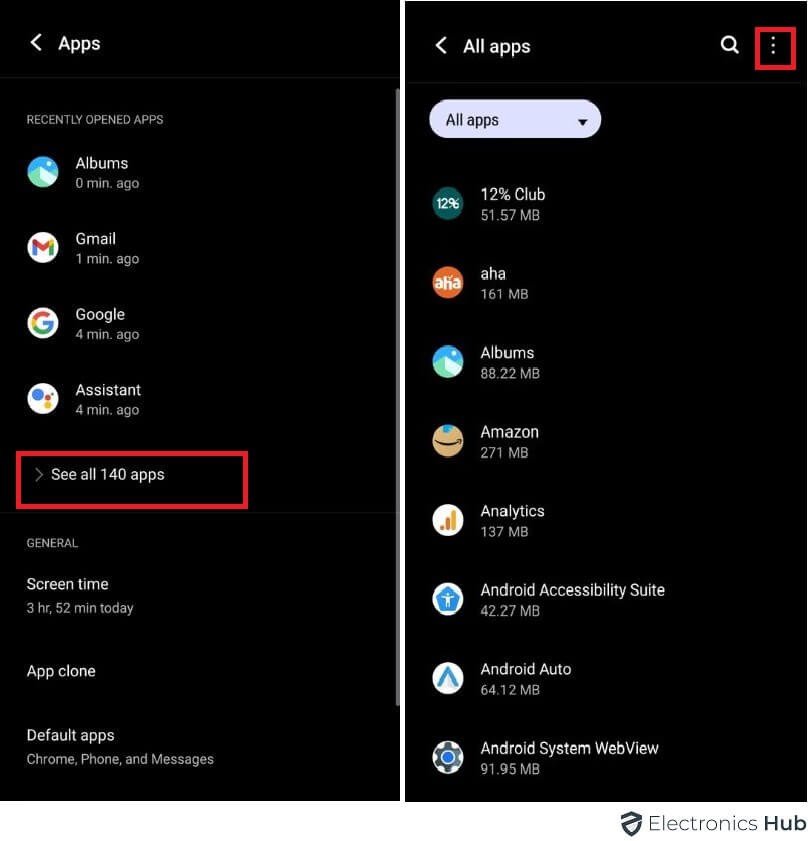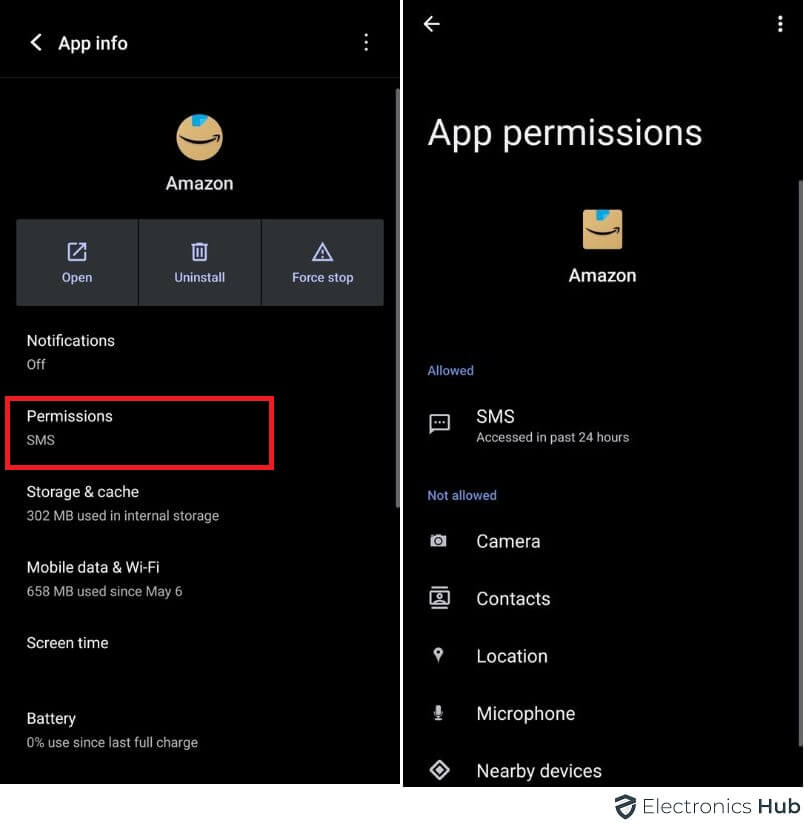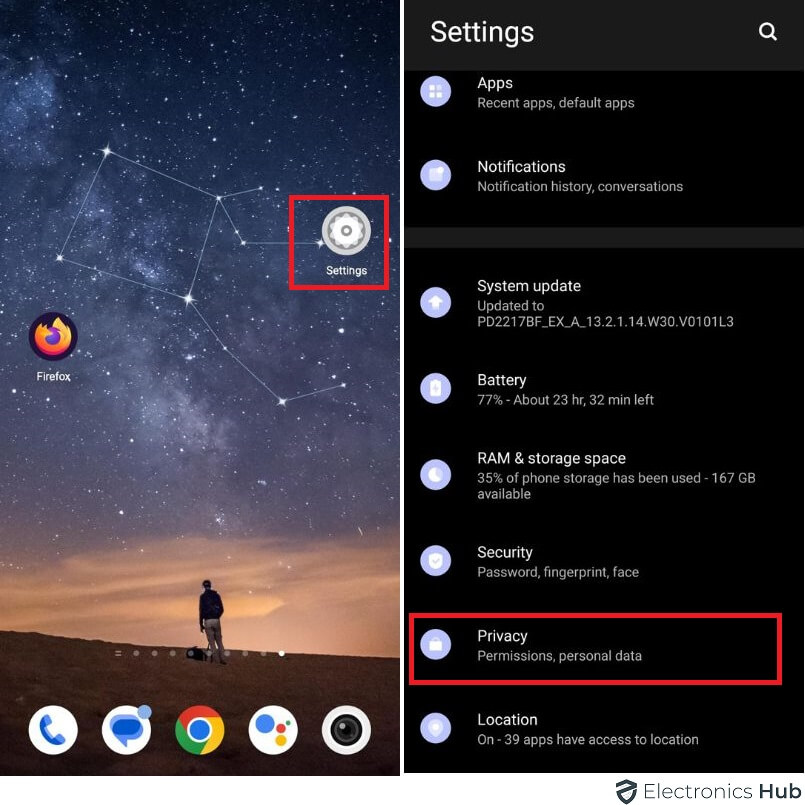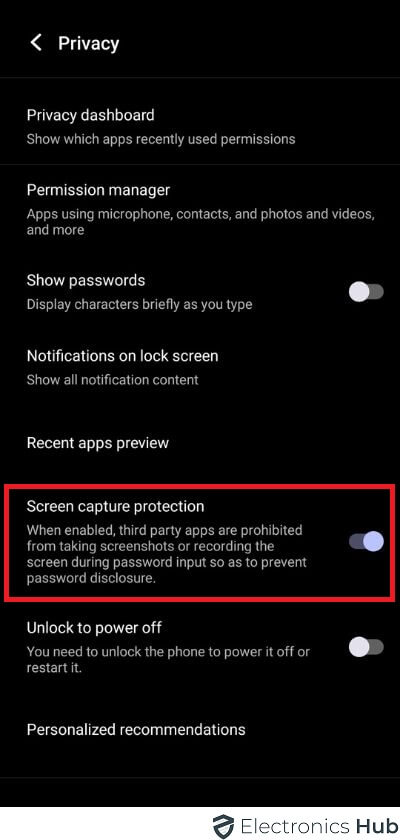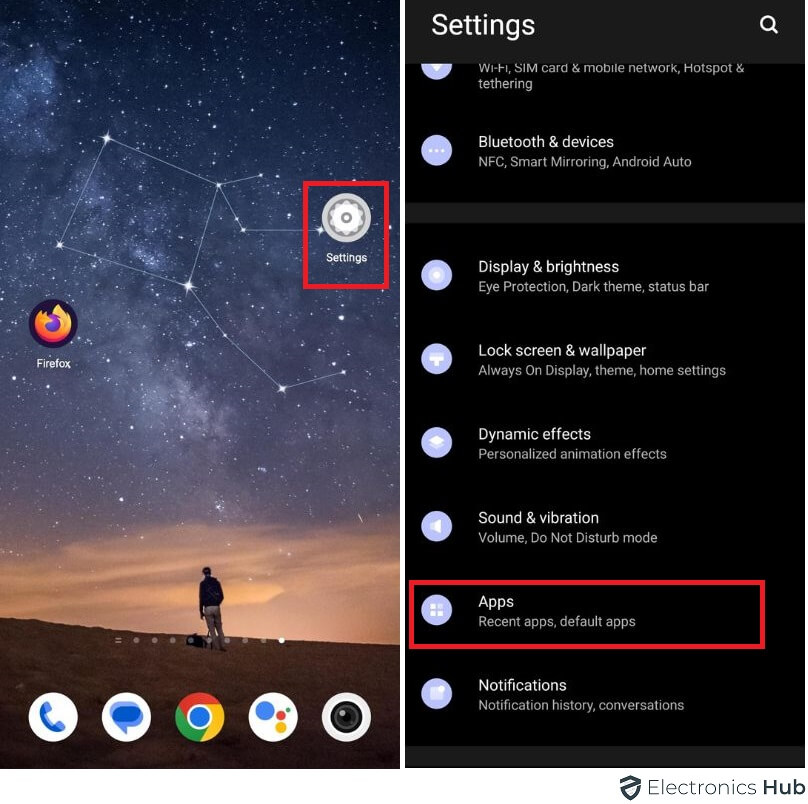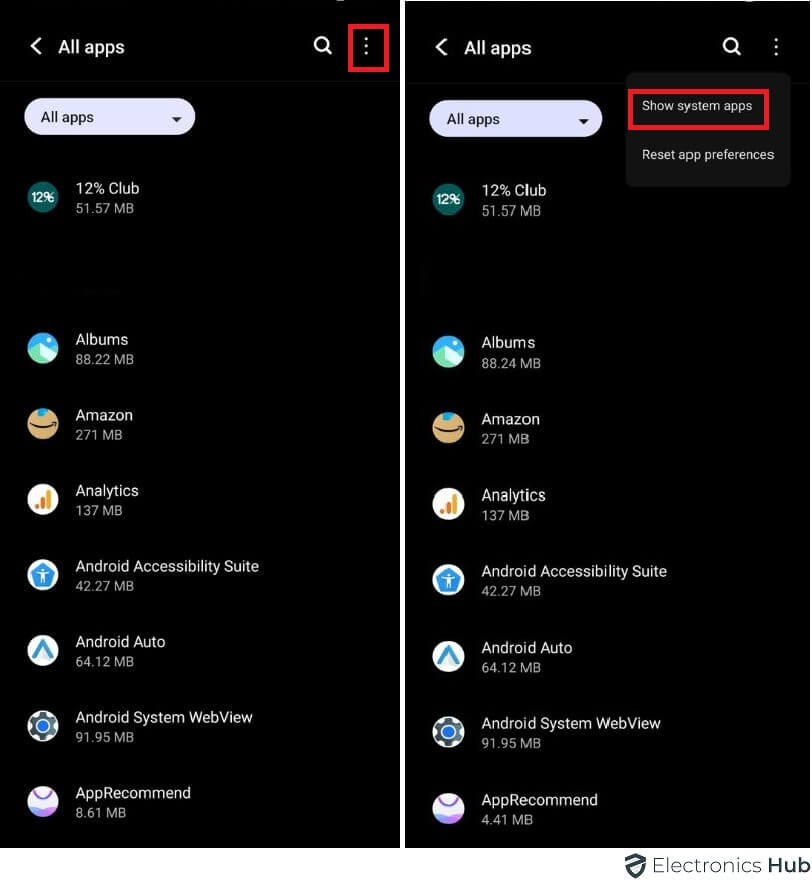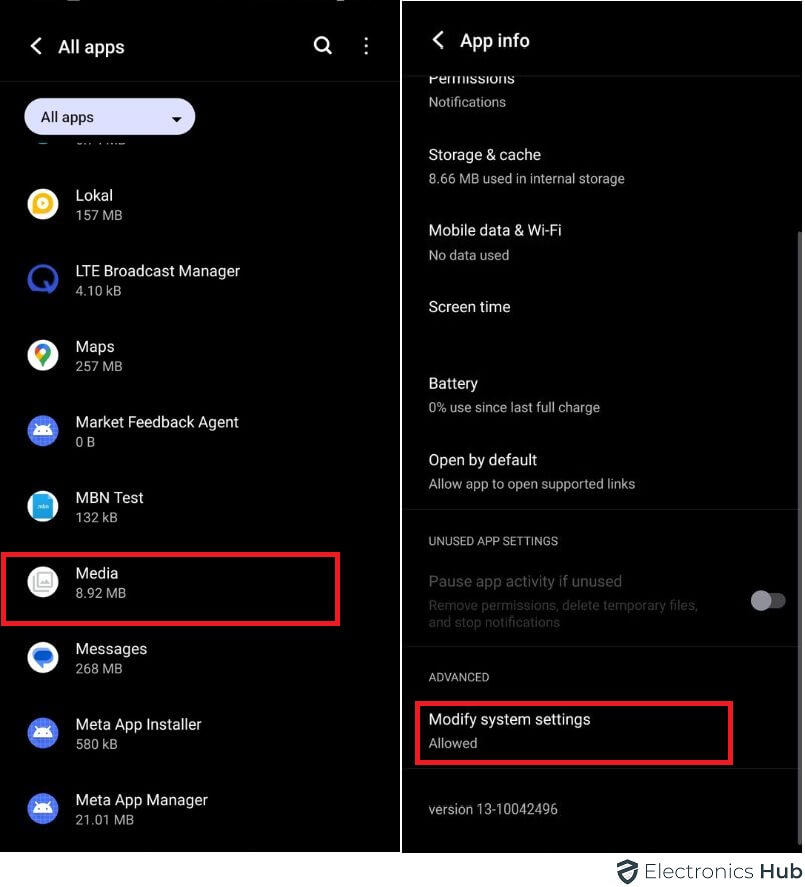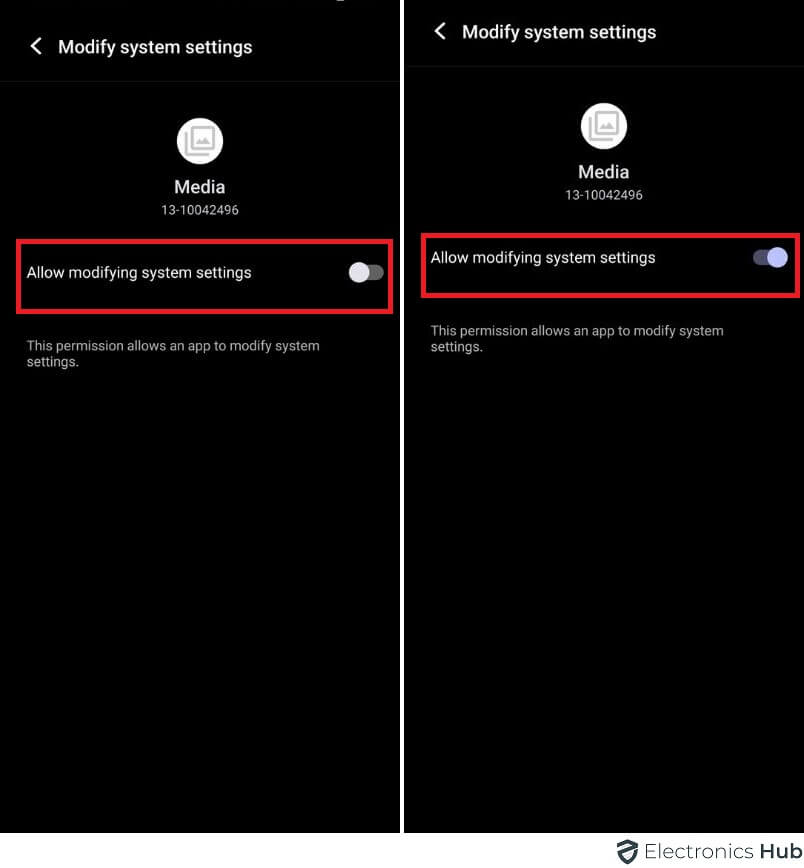Have you tried to take a screenshot but got stopped by a “Can’t Take Screenshot Due to Security Policy” message? This is a common issue that can make digital tasks difficult, especially when you want to save or share something important.
Don’t worry, though. I’ve found some useful tips for you. Whether it’s turning on screenshot options in private browsing or using Google Assistant, this article covers different ways to get around these limits. With these strategies, you won’t have to see that frustrating message again.
Outline
ToggleReasons Why You Can’t Take Screenshots
Taking a screenshot can be a breeze, but at times, it can prove elusive due to various factors. Here are some common reasons that might hinder your screenshot attempts:
- Security Policies: Certain apps and websites enforce strict security policies to safeguard sensitive data like financial information and passwords. As a result, taking screenshots within these platforms is restricted to protect user privacy.
- Device Restrictions: Some devices, particularly those used for work or school purposes, may have built-in restrictions that prevent users from taking screenshots. This measure is often put in place to maintain data integrity and security.
- Software Bugs: Occasionally, software bugs can interfere with the screenshot function. Fortunately, these issues are usually temporary and can be resolved by updating your device’s software to the latest version.
- Hardware Problems: Though rare, hardware problems can also obstruct screenshot capture. If you suspect a hardware issue, it may require professional repair to rectify.
How to Fix: Can’t Take Screenshot Due to Security Policy?
Can’t take screenshot due to security policy” error! It’s frustrating, especially when you desperately need to capture important info. But hey, remember, it’s all about safeguarding sensitive data, like financial info or passwords, for our own protection. Stay patient and find alternatives!
1. Enable Screenshots in Chrome Incognito Mode
Chrome’s incognito mode is a privacy-centric feature that ensures your browsing history remains confidential. While it safeguards your privacy, it also restricts the ability to take screenshots to prevent the capture of sensitive data like passwords or credit card numbers.
Step Procedure
- Open Chrome and enter chrome://flags in the address bar.
- Type “incognito screenshot” in the search bar.
- Locate “Incognito Screenshot” in the results and select “Enabled” from the drop-down menu.
- Finally, click the “Relaunch” button to apply the changes.
2. Enable Screenshots in Firefox Incognito Mode
Firefox’s incognito mode, known as “Private Browsing”, prioritizes user privacy by not saving browsing history. While this offers enhanced confidentiality, it does restrict the ability to take screenshots.
Step Procedure
- Open Firefox and access the Settings menu.
- Click on “Privacy & Security.”
- Scroll down to the “Permissions” section and locate “Screenshots.”
- Check the box next to “Allow screenshots in private browsing.”
- Once done, click on “Save” to apply the changes.
3. Take Screenshots Using Google Assistant
Google Assistant, the versatile virtual assistant, offers seamless control over your phone and access to various information. Beyond its capabilities, you can also use Google Assistant to effortlessly capture screenshots.
Step Procedure
- Activate Google Assistant by saying “Hey Google, take a screenshot.”
- Google Assistant will instantly capture a screenshot of your current screen.
- Your screenshot will be automatically saved in your phone’s gallery for easy access and sharing.
4. App Restriction
App restrictions grant you control over your device by determining the capabilities of installed applications. With these settings, you can manage what apps are allowed to access, ensuring enhanced privacy and security. By setting app restrictions, you can prevent certain apps from utilizing features like the camera, internet access, making purchases, or sending text messages.
Step Procedure
- Access your Device’s settings.
- Locate and tap on “Security & privacy” or a similar section, depending on your device.
- Click on “App restrictions” or a similar option.
- Choose the specific app you wish to restrict.
- Tap on the permissions you desire to limit.
- Disable the permissions you want to restrict for the selected app.
5. Device Restrictions
Device restrictions offer you the power to curate user privileges on your device, ensuring better control over its usage. With these settings, you can prevent users from making unauthorized app installations, modifying crucial settings, or accessing specific features that may pose security risks.
Step Procedure
- Access your Device’s settings from the home screen.
- Tap on “Security & privacy” or a similar option, based on your device’s configuration.
- Locate and select “Device restrictions” or a corresponding setting.
- Provide the required device password or PIN for verification purposes.
- Choose the restrictions you wish to apply, tailoring them to your preferences.
- Turn on the selected restrictions, effectively imposing the desired limitations on users’ device activities.
6. Enable Media Storage
Media storage is a crucial system process on Android devices, granting you access to view, download, play, and stream various media files like images, videos, and audio. Without media storage enabled, you won’t be able to enjoy these files on your device.
Step Procedure
- Open Settings on your Android device.
- Navigate to the “Apps” section.
- Tap the three dots located in the top-right corner and select “Show system processes.”
- Scroll down until you find “Media Storage.”
- Access “Storage” within the Media Storage settings.
- Finally, tap “Enable” to enable media storage once again.
Also Check: How To View and Delete Your Incognito History?
Can’t Take Screenshot – FAQs
Ans: No, the error message is a deliberate security measure, and attempting to bypass it could violate the app’s security policies and terms of service. It’s essential to respect the app developers’ intentions and protect the sensitive information they handle.
Ans: If you have a legitimate reason to capture screenshots (e.g., for documentation or support purposes) and the app or content permits it, you can try using screen recording tools that might work even in restricted areas.
Ans: No, the error is not specific to any particular operating system. It can occur on various platforms, including Android, iOS, Windows, and macOS, depending on the app’s security settings and policies.
Ans: Yes, the error can occur with video content as well. Some apps and streaming services implement security measures to prevent users from capturing screenshots or recording video content.
Conclusion
If you encounter the “Can’t take screenshot due to security policy” error, don’t fret. You can explore options like checking settings for enabling screenshots, trying third-party apps, and reaching out to the app/website developer for assistance. Stay persistent, and you’ll likely find a suitable solution to capture the content you need without compromising security.

